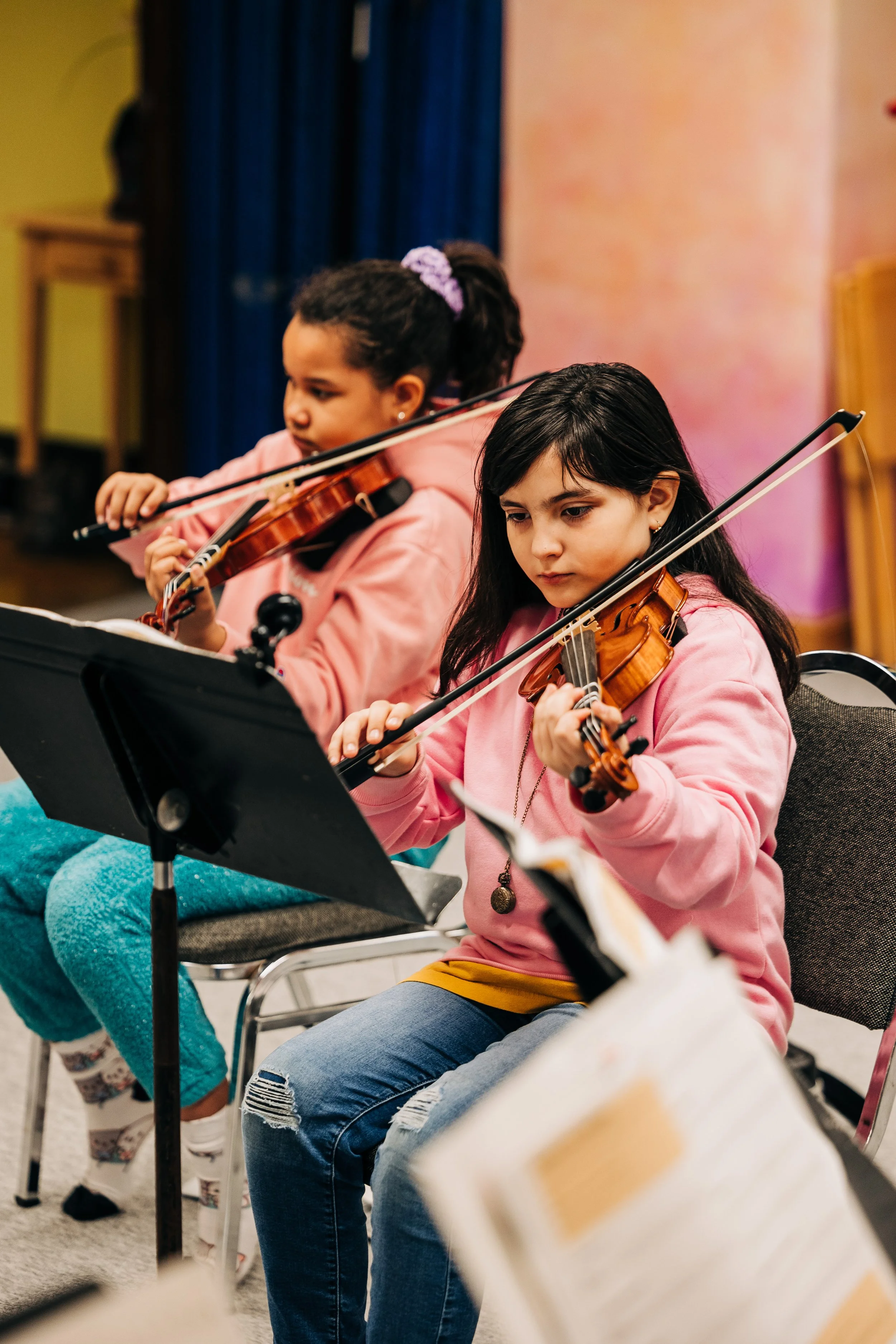Third Grade
Grounding the child through hands-on learning and practical life
Waldorf Third Grade: A Year of Independence, Purpose, and Practical Learning
Third grade in a Waldorf school marks a significant stage of child development, known as the nine-year change. Around age nine, children begin to develop a stronger sense of individuality and self-awareness. They start to ask deeper questions like, Who am I? What is my place in the world? This emotional and cognitive shift is gently supported through a rich, practical, and developmentally appropriate curriculum.
In Waldorf third grade, students build independence and confidence through experiential learning that reflects real-world skills and purpose. The curriculum includes hands-on subjects like farming, gardening, cooking, and housebuilding—activities that help children feel grounded and capable during this important transition.
Academic learning expands with long division and advanced multiplication in math, and a deepening of reading and writing skills through poetry, grammar, and punctuation. Stories in this grade offer meaningful narratives that reflect themes of journey, resilience and belonging. Many stories from Indigenous, Mesoamerican and Jewish cultures meet the children well at this age.
The Waldorf approach continues to integrate music, movement, world language, and handwork into daily learning. Students play the recorder, crochet, sing, and engage in visual arts—developing fine motor skills, focus, and creativity while also supporting emotional balance and self-expression.
Waldorf third grade is a transformative year that supports the whole child—head, heart, and hands—by blending academic growth with purposeful work and artistic expression. It helps children navigate their emerging sense of self with confidence, curiosity, and a deep connection to the world around them.
3rd Grade Curriculum overview
Drawing: Four quadrant symmetry, Metamorphoses
English + Grammar: Spelling, Sentence structure and punctuation writing, Speech work, Plays, Phonics and Parts of speech
Geography: Shelter building: Tent, Igloo, Lake house, Modern home, Farming, Clothing, Habitat
Handwork: Crochet: Chain, Single, Double, Seaming, Simple embroidery, Spinning
History: Hebrew stories as part of the Ancient Near East history
Literature: Hebrew stories and other cultural stories and legends, Poetry, Reading
Math: Measurement, Time, Money, Long division and columnar multiplication
Modeling: Beeswax: Scenes from main lesson work
Movement: Ring games, Line games, Circus arts, Jump rope, Circle dances
Music: Violin, Diatonic flute, Octaves, Rounds, Basic notation, Rhythms
Painting: Wet on wet nature paintings, Images from cultural stories, Farming, Shelters, Festivals
Science: Farm life, Food production, Habitat, Garden work
World Language (Spanish + ASL): Conversations, Time, Food, Basic grammar, Complex commands, Simple stories


